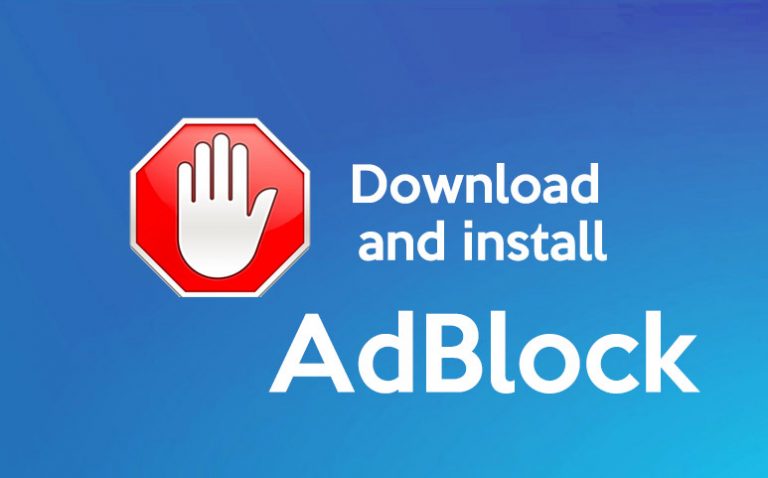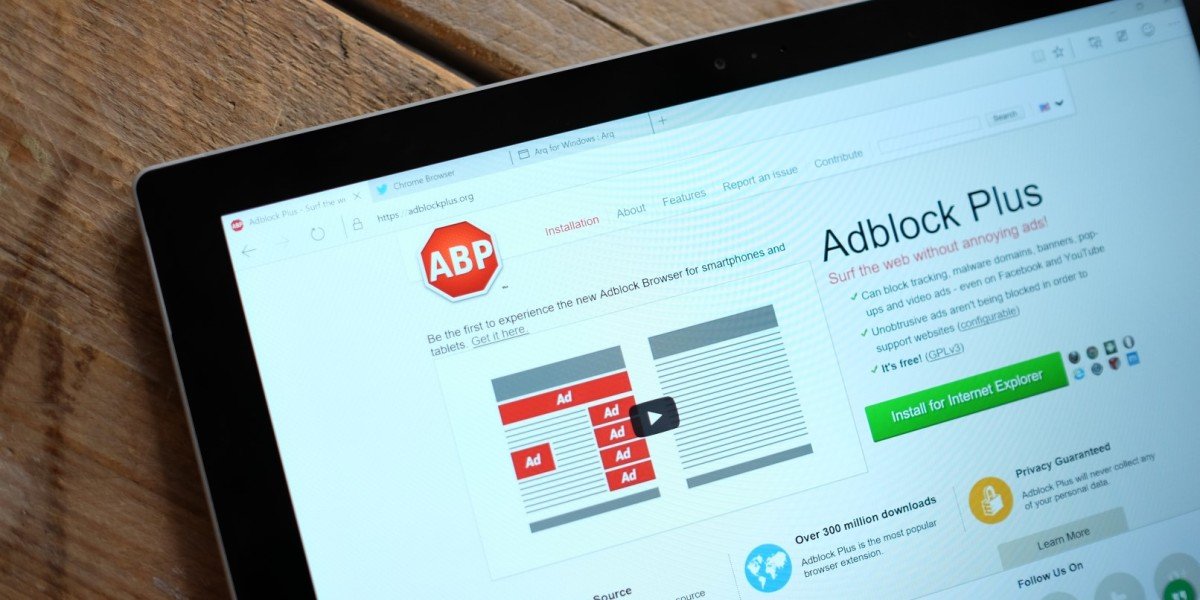
These guidelines require websites to comply with advertising placement, distinction and sizing restrictions. In order to show ads to adblock users, websites can apply to be whitelisted by complying with the “ acceptable ads standards” created by Adblock Plus. As a result, switching, monitoring, and updating these scripts has become a time-consuming and frustrating task for webmasters. The effective lifespan of anti-adblock scripts is usually short as adblock tools are constantly updated to catch them. Scripts like the one created by Finteza or Yavli, confuse adblock tools by making it look like all 3rd party scripts are coming from your website’s subdomain instead of 3rd party domains. Adblock tools detect and block these requests. If a script is downloaded from a domain that is different to your website, it is considered a third-party download.
#Adblock one website install
Install anti-adblock scripts that confuse adblockersĪnti-adblock scripts confuse adblockers by disguising the advertising content as something else. The rise in popularity of Anti-Adblock Killer shows how many users are looking to avoid popup requests that disrupt their browsing experience. What is Anti-Adblock Killer?Īnti-Adblock Killer is a browser script developed by reek which stops websites from asking users to disable adblock. Users have already started turning to tools like Anti-Adblock Killer to stop these popups. In essence, you are annoying a user with a popup which they might have specifically installed adblock to avoid. We regard this method as “fighting fire with fire” and do not recommend it. Overall, we would caution website owners against adopting this strategy as popups disrupt the user experience. As a result, this strategy has a limited effect on revenue for most publishers. However, 74% of American users don’t comply with these requests and leave the page. This way, when the user disables the adblock tool, they are not annoyed. This works best if the site has a smaller number of unintrusive ads. Website owners can display popup that asks users to whitelist the site or turn off their adblock tool. However, this convenience comes at the cost of lost revenue for website owners. Loading times are faster and pages are less cluttered without ads. AdBlock is popular because it improves the browsing experience for users. Most users who enabled an ad blocker said they were looking to avoid intrusive ads or too many ads.

Pop ups, interstitials, and autoplay video ads with the volume on are among the worst offenders here. Unfortunately, websites with aggressive advertising setups have pushed users to adopt ad blockers. UBlock Origin allows users to block ads and a wide range of other content types. UBlock Origin is another browser blocking extension swiftly growing in popularity. 25.8% of US users had an ad blocker enabled in 2019 and the popularity of these tools is growing strongly with 763M devices seen blocking ads by December 2019.
#Adblock one website free
AdBlock and AdBlock Plus are the most popular adblock tools and can be installed free of charge. The term anti-block will be used to refer to tools that enable publishers to recover revenue lost to adblock.Īdblock browser extensions and phone applications give users the ability to block advertisements on websites. In this article, we’ll explain how adblock tools work and the options publishers have to counteract them.īelow we’ll refer to the variety of ad blockers or adblock tools as adblock. One of the biggest online trends of the past 5 years has been the rise of adblock tools and the subsequent impact for publishers. This allows publishers to recover revenue.


Anti-adblock solutions let website owners render ads even if a user has an Adblock tool enabled.


 0 kommentar(er)
0 kommentar(er)
